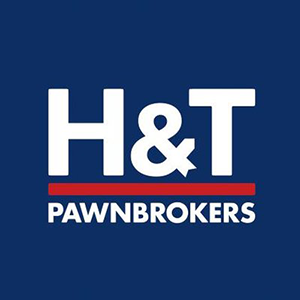H&T Group plc (LON:HAT) is the topic of conversation when Hardman & Co’s Analyst Mark Thomas caught up with DirectorsTalk for an exclusive interview.
Q1: You called your recent piece ‘1H’24 results: Four-one at half time, but the one wins’, what can you tell us about it?
A1: H&T Group 1H’24 results saw pre-tax profits rise 12.5% from 1H’23 to £9.9m. We have identified five key ongoing business messages, four of them favourable and one unfavourable. The scale of the latter, though, means we have reduced our FY’24 estimates by £3m, but still forecast double-digit profit growth.
The positive messages were i) strong demand for pledge lending (gross advances up 14% to £146m, ii) retail sales up 27% with an improving margin, iii) FX delivering double-digit profit growth, and iv) good cost control.
The downside was a repeat, indeed acceleration, of last year’s unusually high spring redemption levels, impacting income and capital levels.
Q2: With four positive messages and one unfavourable one, it seems surprising you cut your forecasts. Can you tell us a bit more about that?
A2: Taking the downside first, for the second year in a row, the group saw a sharp increase in redemptions in spring, a factor not previously experienced, and pledge balances were £5m lower at the half-year as a consequence. More normal levels of redemptions are now being seen, as they were in 2023, so we have not changed our full-year pledge book forecast, but during the period of lower balances there was a loss of income, which cannot be recouped. Mitigating action has been taken for future years, but we have conservatively assumed the higher spring redemptions will repeat and so have cut future years as well.
On the positive side, some, such as the pledge book and forex double-digit gains were largely in our forecasts. For retail, Christmas is a critical period and should the current strong volume growth continue, there is plenty of scope to upgrade estimates, but just at the moment it feels a bit premature to do so. The cost growth was well below our full-year forecasts, but there is some seasonality and, again, we see scope to upgrade but feel it premature at present.
Q3: You just mentioned seasonality, which brings us onto the change in year-end from December to September. Why did they do that?
A3: With the potential higher level of redemptions in spring, pawnbroking income would be skewed to the second half. Retail sales around Christmas and forex around summer holidays were already second half weighted. Following consultation with a number of shareholders, the Board has changed the Group’s financial year-end from 31 December to 30 September, with effect from September 2025.
This will result in financial performance being more evenly spread across the two half-year reporting periods and give time for mitigating action, if required, to have a more visible effect. Details of future reporting periods and expected reporting dates are provided in the results release.
In our view, the change is sensible and, as 12-month comparative figures for the corresponding prior period will be provided, investors will get a clear view of like-for-like performance.
Q4: Finally, what about the risks?
A4: H&T Group’s customers are cash constrained. The group’s business risk from money laundering and stolen goods is above average, but our detailed review of the company’s controls shows them to be good.
We believe sentiment to the industry is a specific risk, and H&T has a strong, ongoing communication programme to address what are often outdated or simply incorrect assumptions. Inflation risk to the cost base is also a specific, short-term consideration. We have a whole section in our initiation report explaining our view that the group is low risk.


